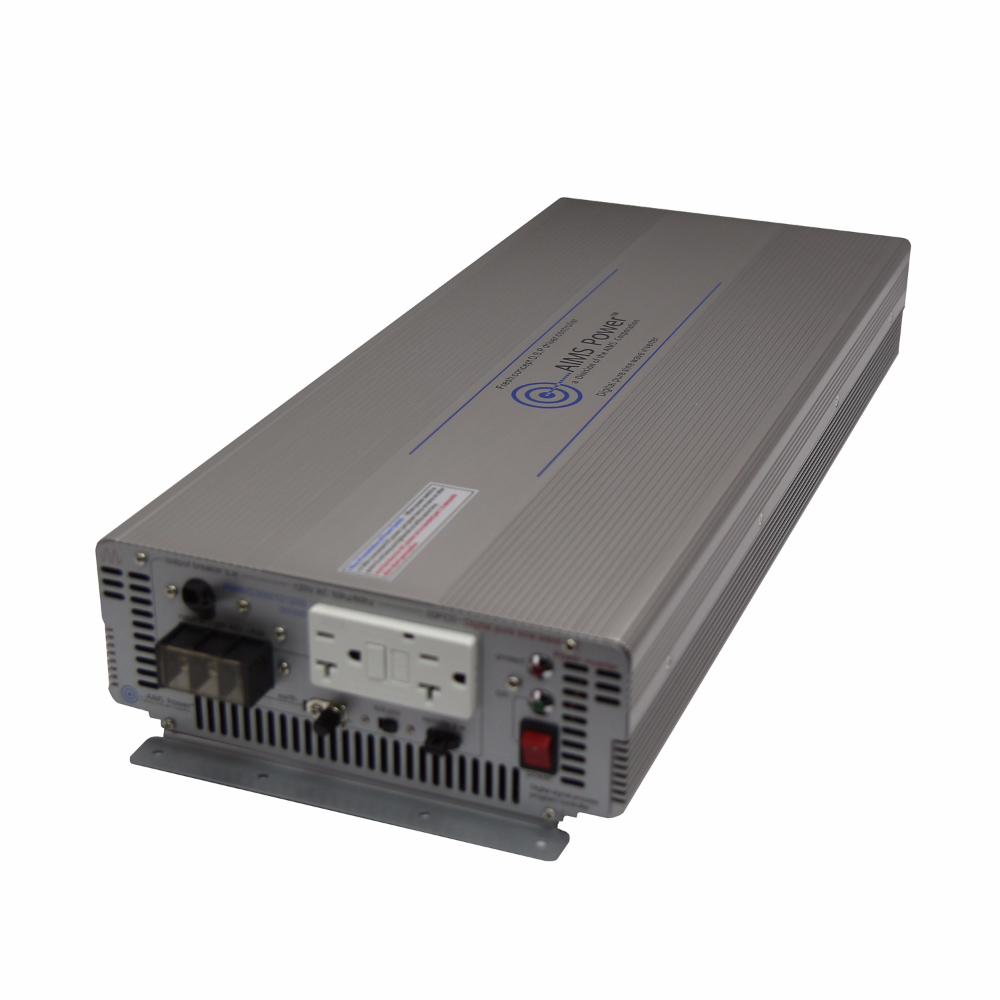One knock on the Samlex is the 20V, low voltage cutoff. This is way too low for LiFePo4 batteries. This is a common setting for a lot of otherwise high quality inverters. Rather than repeat myself, there is a thread on the very subject of high power 24V inverters.
I’m looking to build a portable 24V solar generator for emergencies similar to the Titan. I’ll likely only be pulling 1800-2500w continuous for short household tasks but I’m thinking about going with a 3000w inverter just for the overhead. For example, my wife’s 2000w hair dryer pulls closer...

diysolarforum.com
This is the one I am looking hard at right now.
Freedom X 2000 True Sine Wave Power Inverter - 24VDC - 120VAC - 2000W True sine wave 120VAC inverter with built-in transfer switch. Designed for recreational and commercial applications.The Freed...

www.boemarine.com
It is about $100 more than the Samlex, but the surge rating is no joke (1/2 second instead of the 40 mS a lot of inverters are able to actually do). They also claim it is able to start and power things like microwave ovens and chop saws. Another thing I really like is you can set the low voltage cutoff directly instead of having to live with whatever the inverter manufacturer thinks is best. I for one don't plan on drawing my battery pack below 10% SOC. A 20V low voltage cutoff would kill my battery pack. I would really rather the inverter did not engage the BMS in normal operation.
I was also impressed by this AIMS 3000W, 24V inverter. Looks really solid and well spec'ed. Except for the 20V low voltage cutoff and no way to change it.
3000 Watt Pure Sine Inverter – Industrial Grade AIMS Power is proud to bring you this new 3000 Watt Pure Sine Power Inverter, designed for harsh environments, which has been completely overhauled and now boasts a dual GFCI outlet and is FCC certified. This product also includes a thermally...

www.aimscorp.net
I am seeing that most of the heavy duty 24V inverters available were designed for lead batteries.






